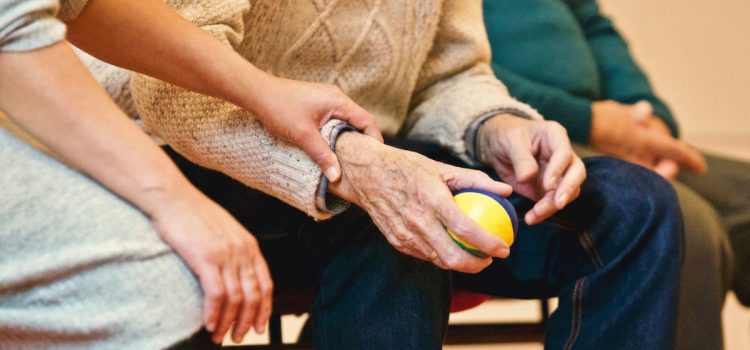Are you hard on yourself? How do you build self-worth? Low self-esteem can be detrimental to your life, especially if you make yourself believe you can’t do anything extraordinary. Kristin Neff’s book Self-Compassion assures that you can raise your self-worth with just one simple solution. Keep reading to learn how to build self-worth by being compassionate with yourself.
How to Build Self-Worth: Be Kind to Yourself










